Healthcare is an industry that can’t afford to stop in the face of natural disasters — if anything, it becomes even more vital as people need medical care to heal from injuries or sickness during a crisis. That is why, when planning new healthcare facilities, designers must think about protecting structures from weather-related damages. While preventing future damage may seem as if you’re worrying about a far-off risk, there is no such thing as being prepared too early. If and when a catastrophe strikes, healthcare facilities must keep functioning smoothly enough to care for current patients, and to accommodate additional patients who need emergency medical attention. This means protecting medical equipment and keeping the facility structurally sound. Healthcare management can strategically and proactively create a catastrophe-resilient design by considering a few simple questions:
What are the important parts of a disaster-resilient healthcare facility? How can a hospital be designed to stay up and running in times of crisis? To help answer these questions, here are some helpful tips for creating a catastrophe-resilient healthcare facility design:
1. Add storm-resistant features
From severe thunderstorms to devastating tornados and hurricanes, inclement weather can wreak serious structural damage on hospitals with little or no warning. In order to fortify a healthcare facility against high winds and heavy rains, include features specifically designed to withstand storm damage. Incorporate storm-resistant doors and operable windows with laminated glass durable enough to tolerate strong winds. Concrete walls and underground bunkers protect patients and permit staff to safely store backup generators and/or boilers in the event of power loss.
2. Mitigate flooding risks
As reported by healthcare writer Amy Eagle, Chalmette Medical Center in Chalmette, Louisiana sustained flood damages so severe the day after Hurricane Katrina in 2005 that the hospital had to be completely demolished. Whereas the destroyed facility had been built 3 feet below sea level, the new hospital that replaced it was raised 4 feet to account for future flood risks. What this illustrates is the importance of building healthcare facilities to help prevent the possibility of flooding — or, at the very least, to withstand potential flooding damage in the event of excessive water surges.
3. Have reliable backups in place
Should the power go out, healthcare facilities need secure, reliable forms of backup power. X-ray equipment, heating and cooling systems, and most importantly, life-support systems must function with little or no interruption. A matter of minutes can mean life or death for some patients, so backup generators are vital, not just for physical comfort, but for personal well-being and safety. These backup generators should be stored in a place that is designed to resist the effects of wind, rain, fire and other crises.
4. Prepare for disaster relief
When disaster strikes, as it did when Hurricane Katrina hit, hospitals must not only be prepared to care for and protect their patients, they also have to handle an influx of new patients seeking shelter and medical care. As the American Hospital Association stresses, “in times of disaster, communities look to hospitals not only to mobilize the resources to care for the ill and injured but also to provide food and shelter, and to coordinate relief and recovery efforts.” Considering the weight of this responsibility, hospitals can benefit from implementing disaster relief plans and designs far in advance. Healthcare facilities must be set up in a way that protects equipment, medicine and, above all, patients in emergency situations. Keep equipment strategically safe — so it will be functional — and this will make it possible for personnel to continue caring for patients in a timely manner. Here are some things to consider for a disaster-ready design:
• Additional triage areas
• Patient holding areas
• De-contamination areas
• Easy-to-follow emergency maps and protocol
During a weather catastrophe, hospitals must be equipped to prevent structural damage, preserve working equipment and power, and provide disaster relief for members of the local community. By planning ahead and designing a catastrophe-resilient healthcare facility, hospital administrators can keep patients and staff safe, and maintain the building’s structural integrity even when the unthinkable happens.
Bill Robinson is the Vice President of Operations for DKI Services.
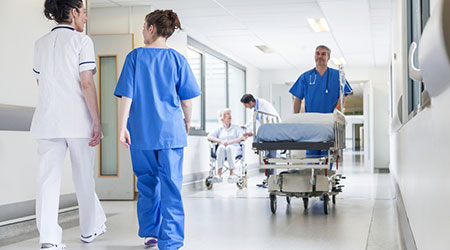
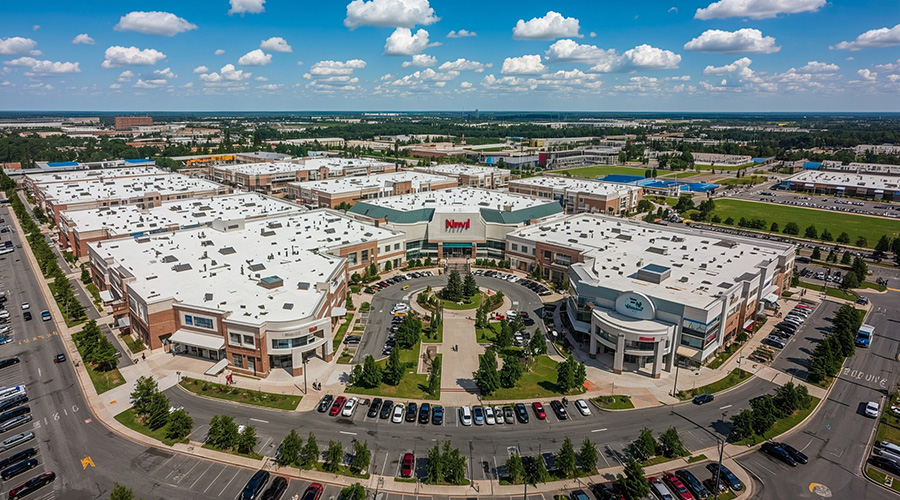 Healthcare Is the New Retail
Healthcare Is the New Retail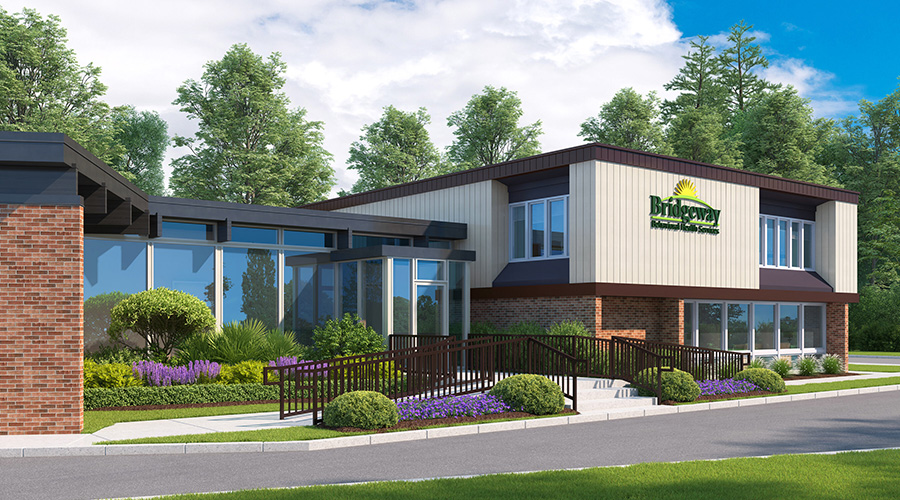 Bridgeway Behavioral Health Services Launches Campaign to Renovate Health Center
Bridgeway Behavioral Health Services Launches Campaign to Renovate Health Center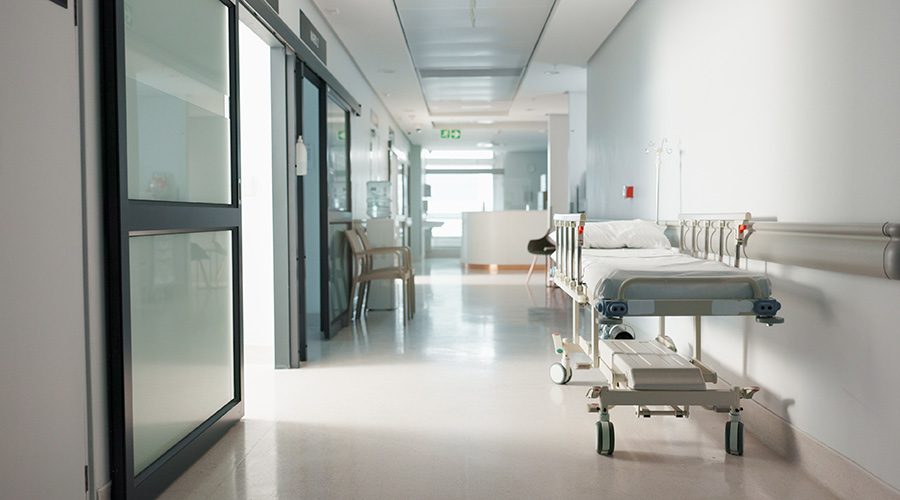 Ground Broken for New North Dakota State Hospital
Ground Broken for New North Dakota State Hospital AI Usage for Healthcare Facilities
AI Usage for Healthcare Facilities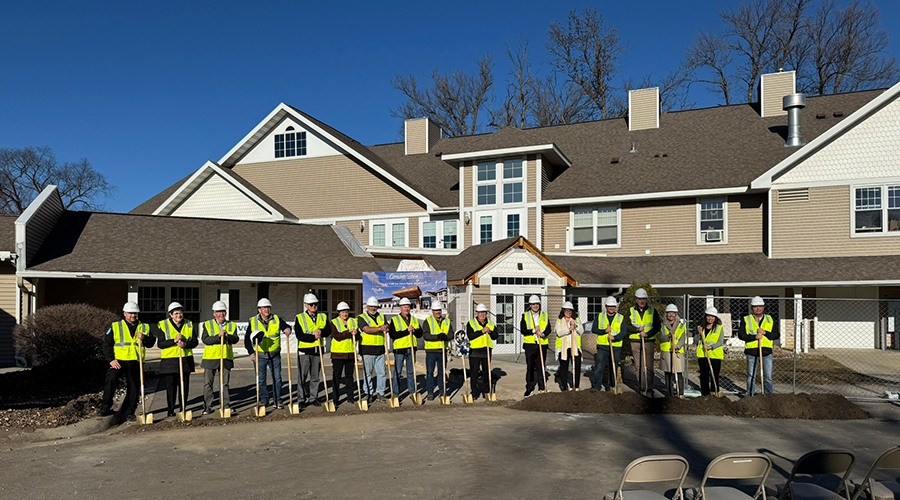 Ground Broken on Pelican Valley Senior Living Modernization Project
Ground Broken on Pelican Valley Senior Living Modernization Project